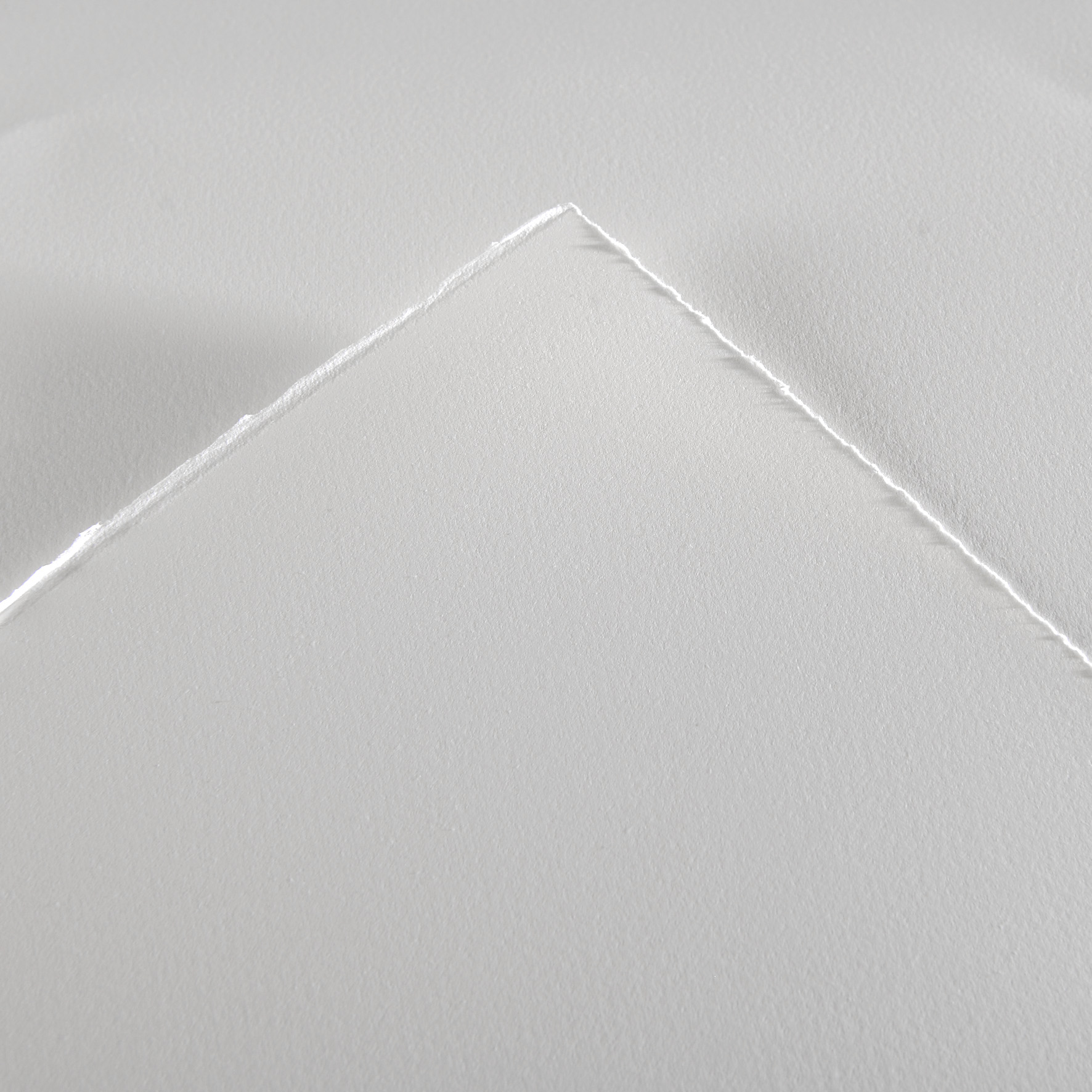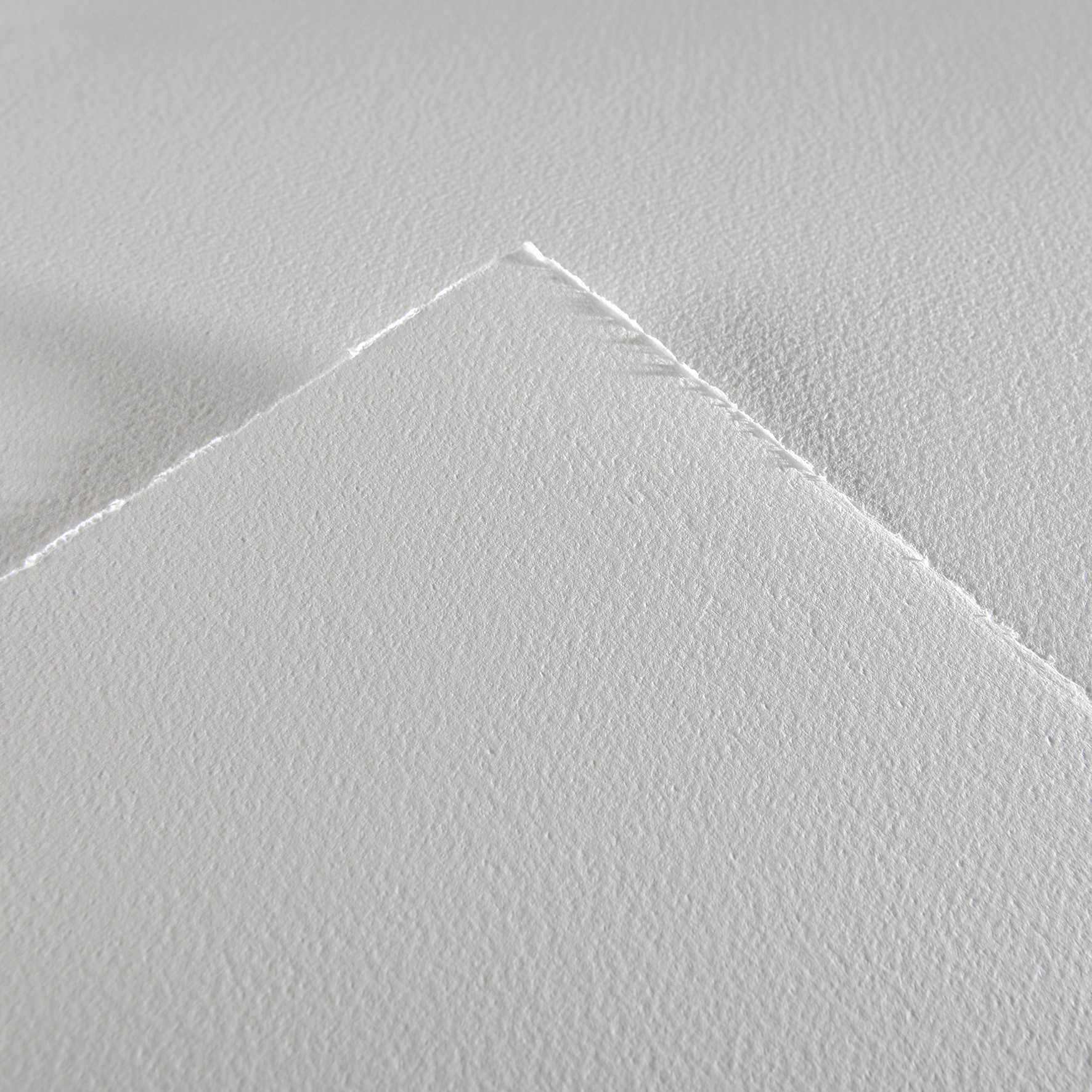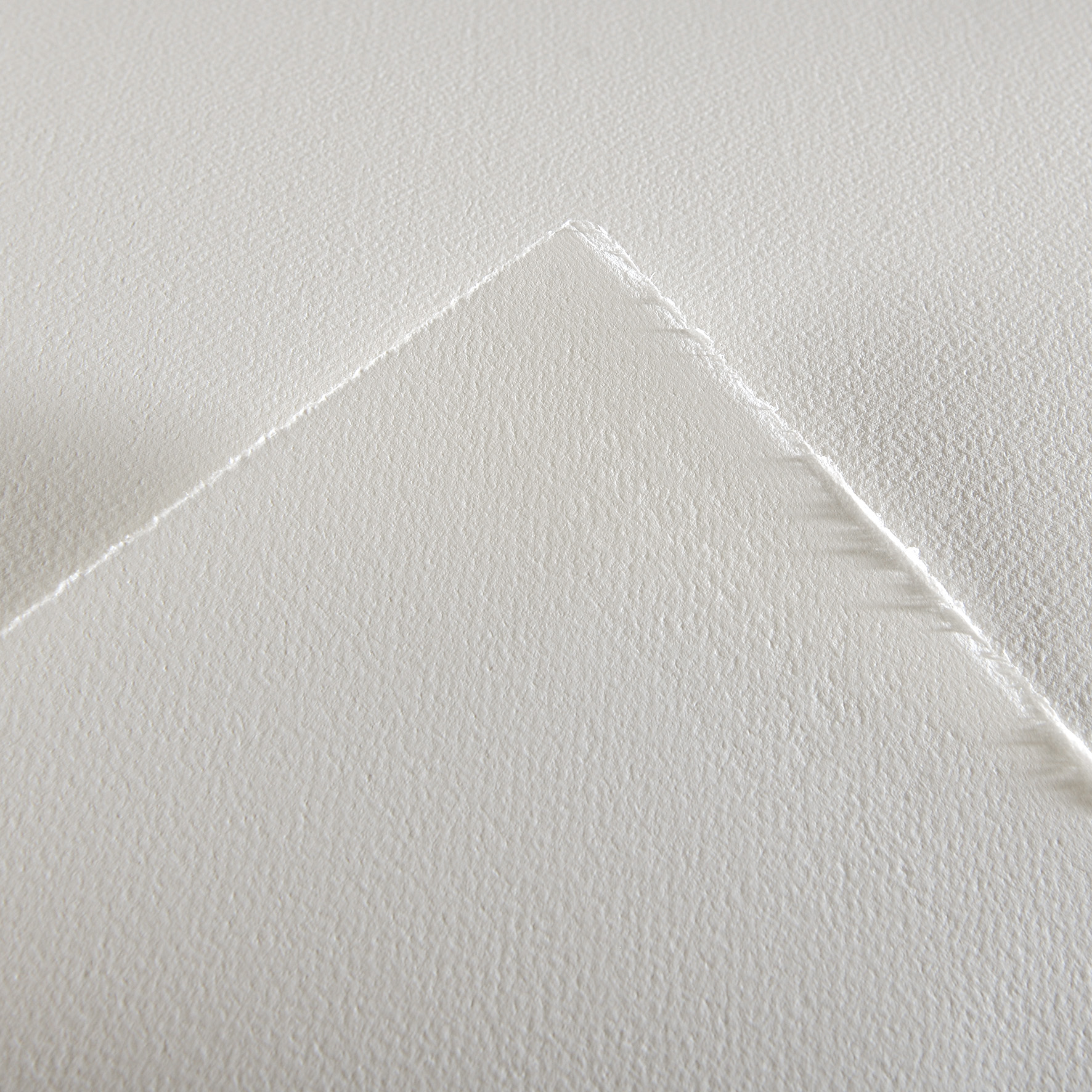Grammage, thickness, grain… Should you choose paper depending how you feel about it? Not really. It depends on how much water you use: for an ideal rendering, it shouldn't buckle or bleed.
Here are a few pointers!
Grammage, thickness, grain… Should you choose paper depending how you feel about it? Not really. It depends on how much water you use: for an ideal rendering, it shouldn't buckle or bleed.
Here are a few pointers!
Watercolor paper is ranked by number of grams per square meter, generally between 190 and 800 g. What you need to know: The higher the grammage, the more resistant the paper is to paint and water.
For whom? For beginners and those who can control the degree of wetness of the paint perfectly.
For whom? For everybody, because it is a good compromise, particularly for beginners.
For whom? For those who like to take their time and/or do detailed work.
It is hard to distinguish between these two concepts… Note! Grammage is not the same thing as paper thickness, just as thickness is not the same as paper weight.
- Grammage: weight of a square meter of paper.
- Thickness: that of one sheet of paper, measured in microns.
The choice of grain depends entirely on what you want, on your subject, and on the way you'll be working with it. In a nutshell, everyone picks a grain according to their needs!
Satin finish: it provides a very smooth surface that works perfectly for narrow lines and doing details.
Fine grain: the most frequently used texture. Its surface, neither too smooth nor too rough, slightly rougher than satin finish, and easy to use and adapt to (almost) any situation.
Rough or torchon grain: given its coarser texture that tends to erase details, it requires considerable technical mastery. While not suited to highly detailed subjects, it works perfectly for color and relief effects.
To learn about the features of various papers, there's nothing like doing a little test. Load a dry brush with paint and apply the paint:
- On paper with a satin finish à the spot of color will be uniform.
- On fine grain paper à the paint will fragment slightly and the edges will be irregular.
- On rough grain paper, the paint will not cover dips in the paper, producing a very fragmented rendering.



